Scrapbook: A Kansas City Welcome
/A two-year-delayed speaking engagement to give the opening keynote at Wanderful’s Women in Travel Summit finally got me to this often overlooked city in the heart of the midwestern prairie. It is open, arty, inviting, and full of surprises. There’s only so much you can do while conferencing, but what I did experience was refreshing. Let’s go! But before we do, let’s clarify something which gets many visitors confused. Is Kansas City in Kansas or Missouri? It’s both. Kansas City, Kansas, and Kansas City, Missouri, are two separately incorporated cities but together, along with several other cities and suburbs, are part of the greater Kansas City metropolitan area. I spent most of my time on the Missouri side, with a detour over the state border.
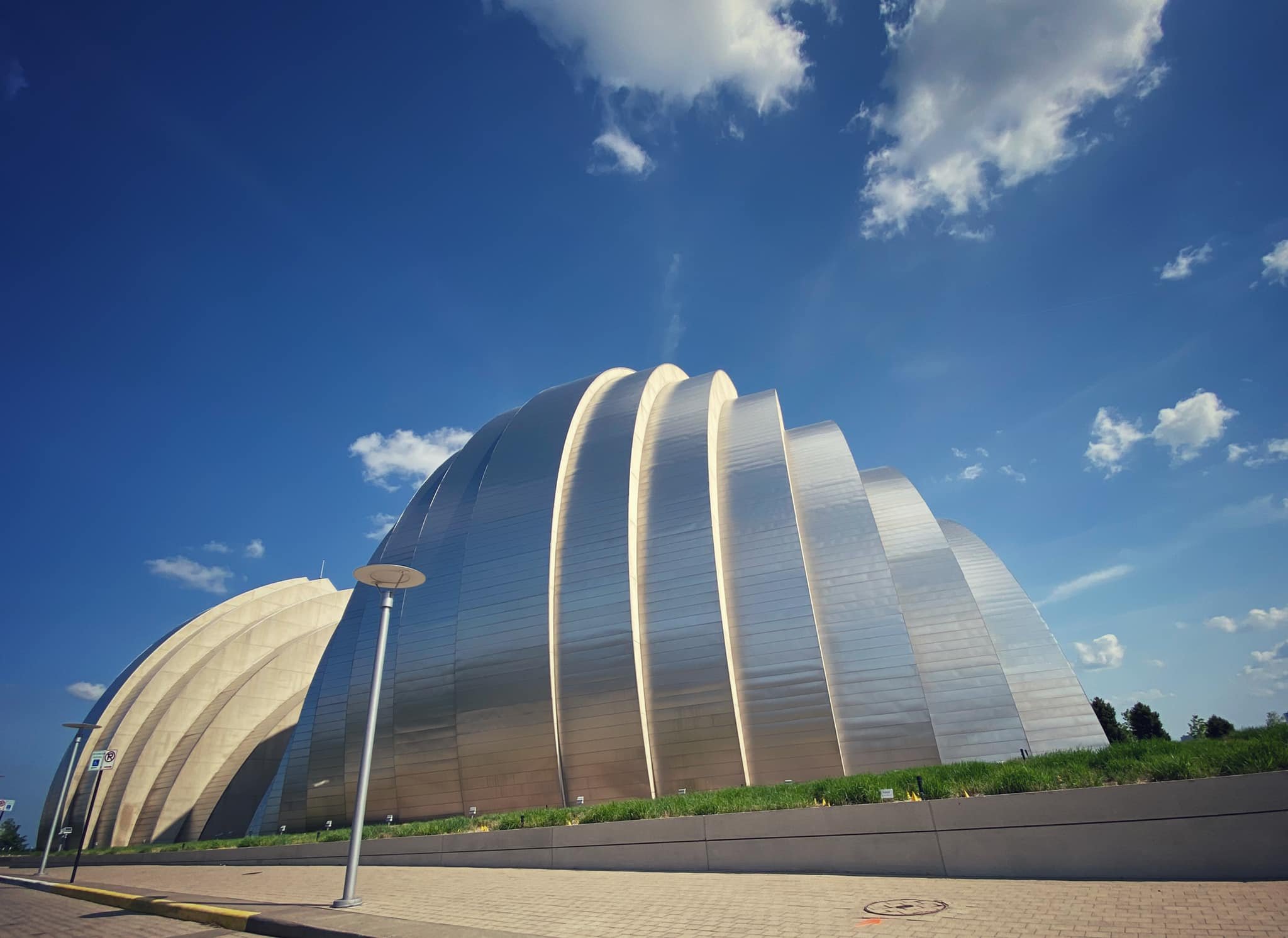
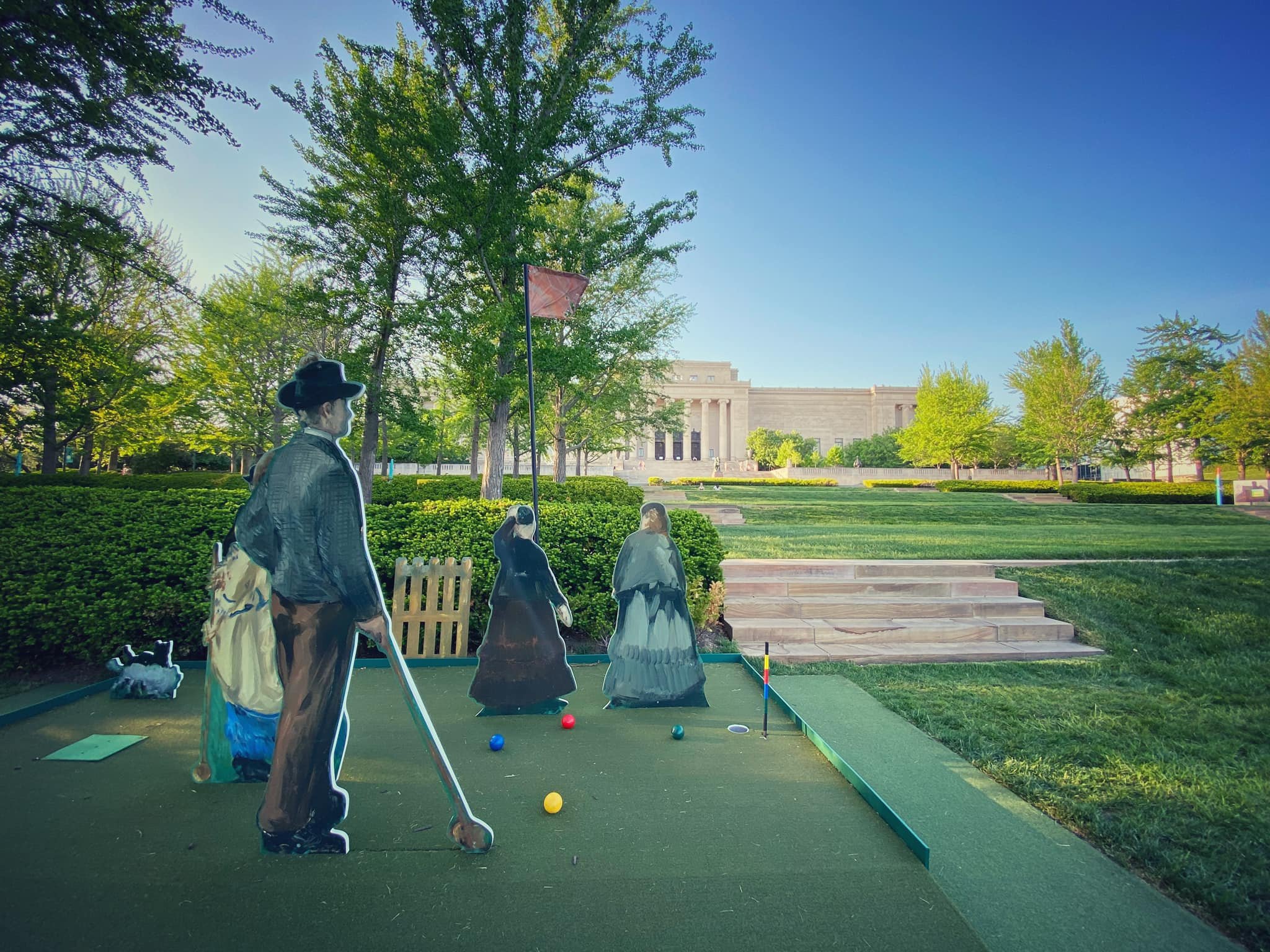
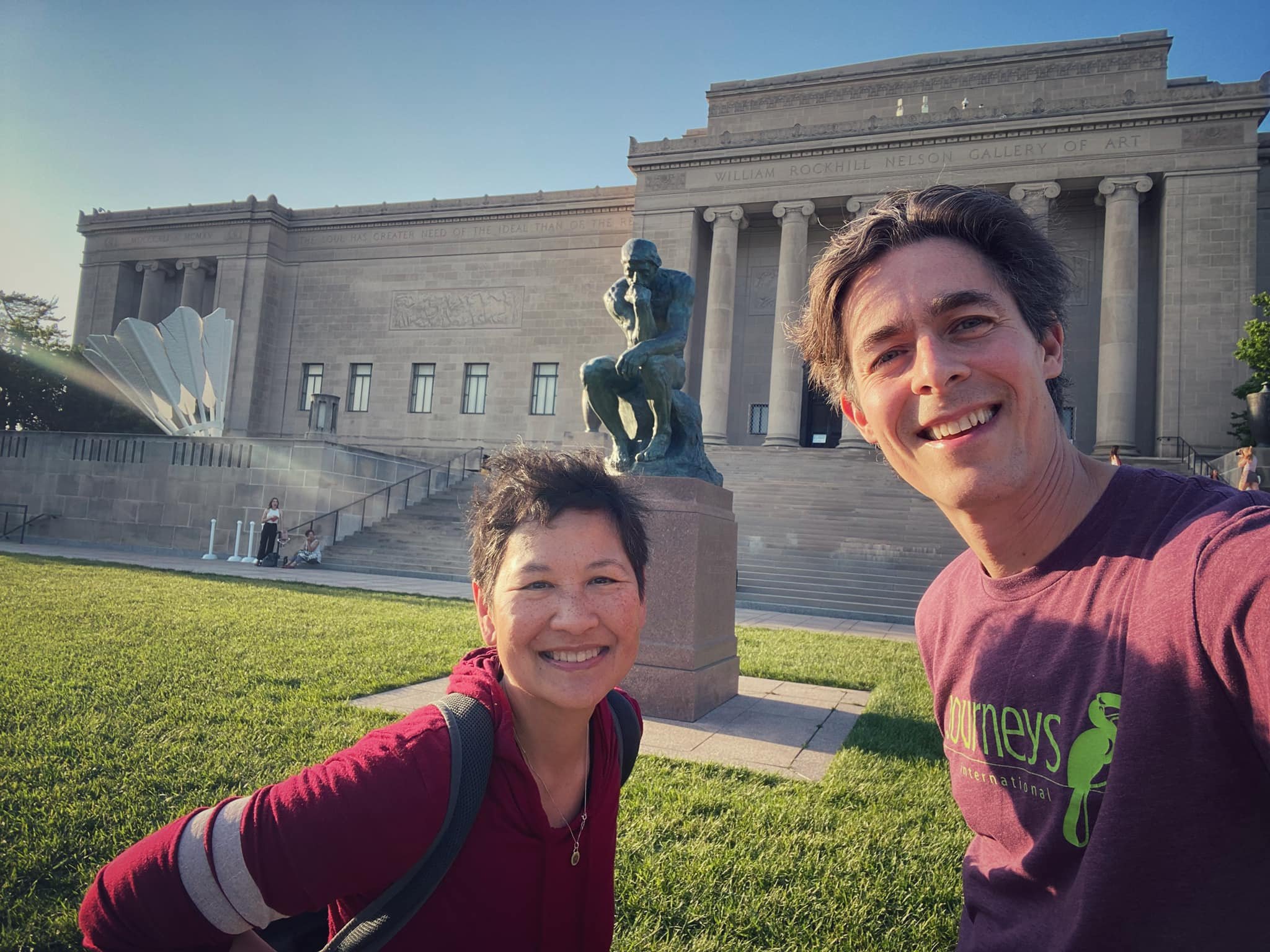
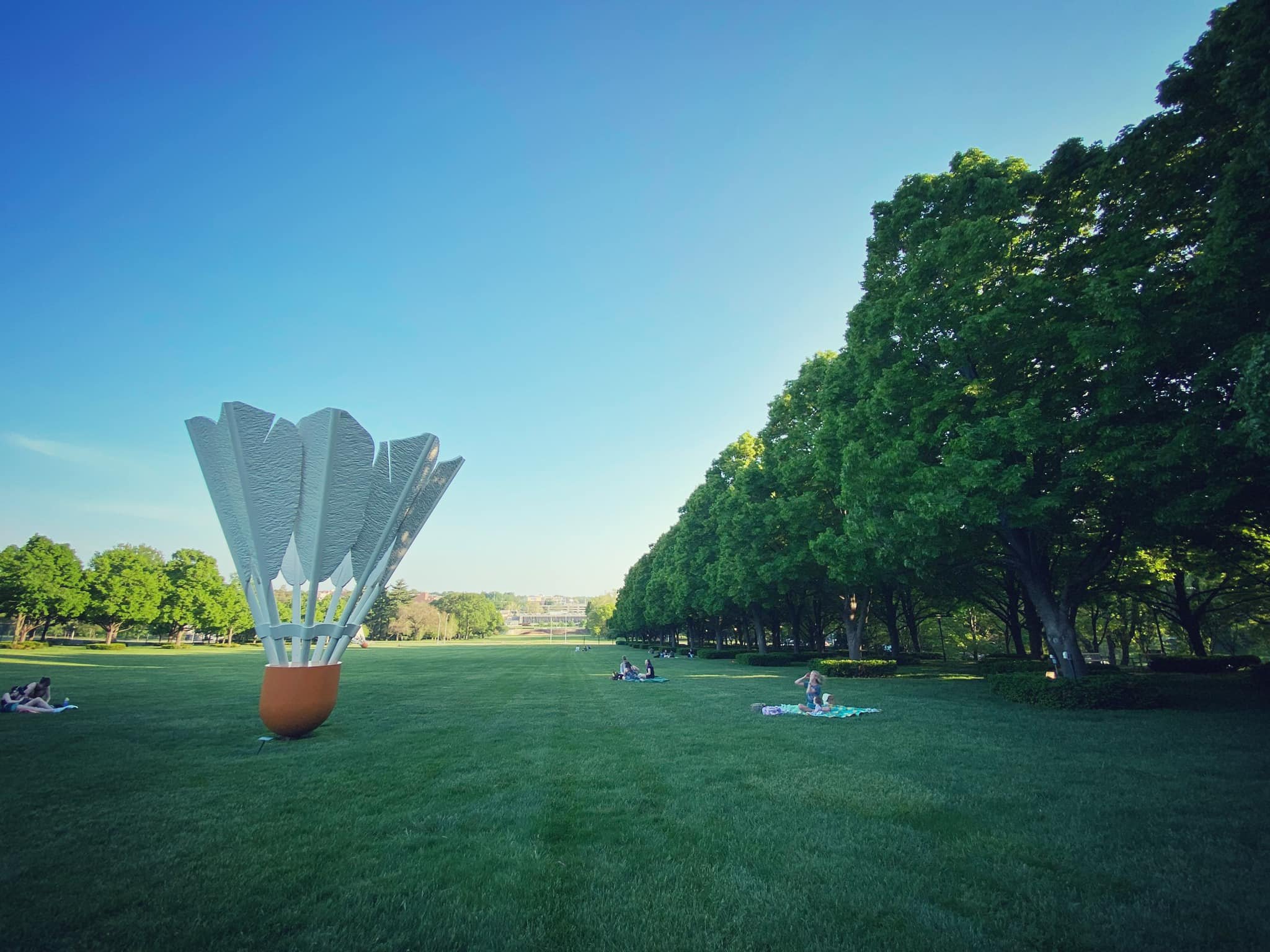
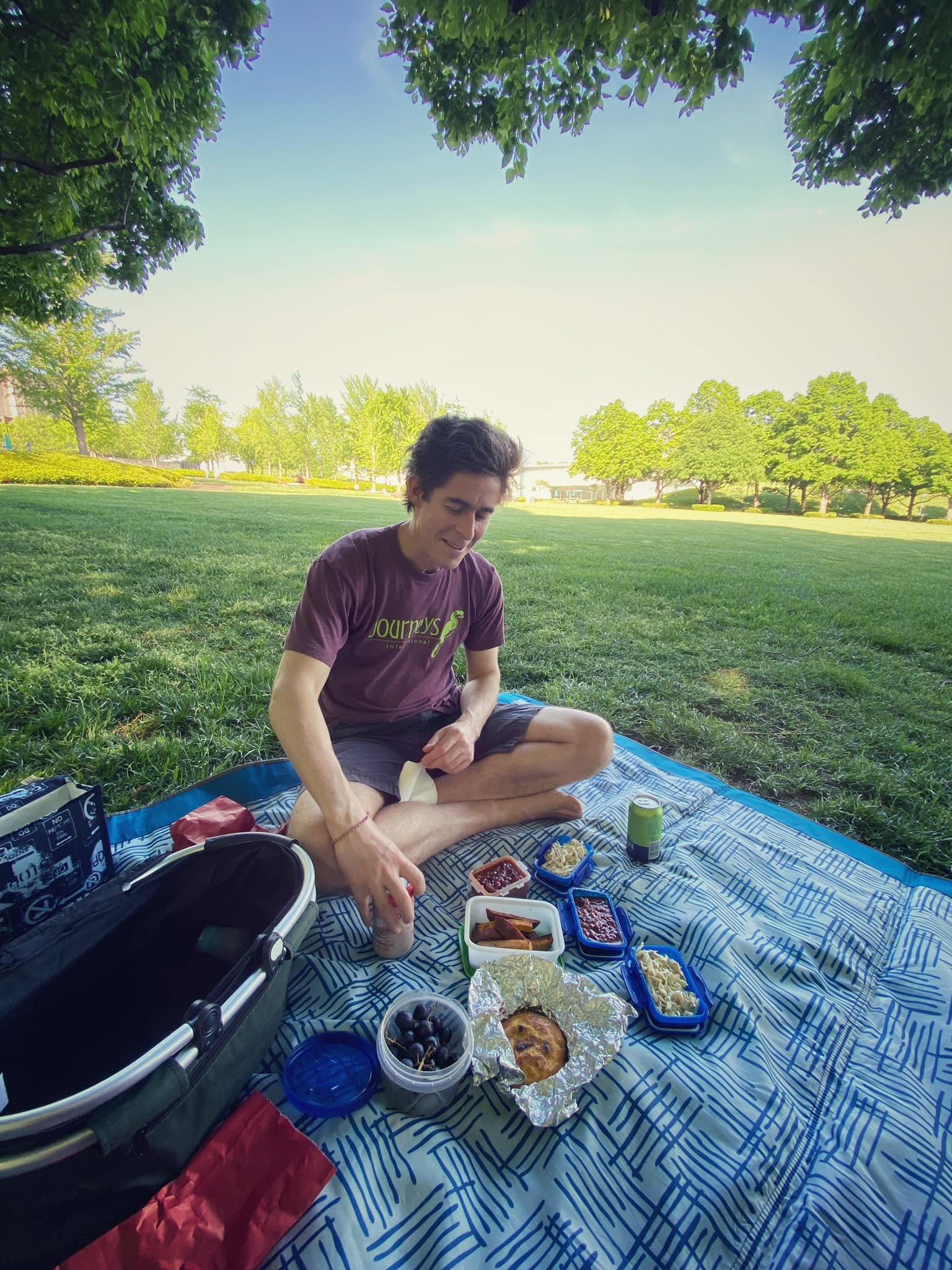
A warm (like 90 degrees!) Kansas City welcome.

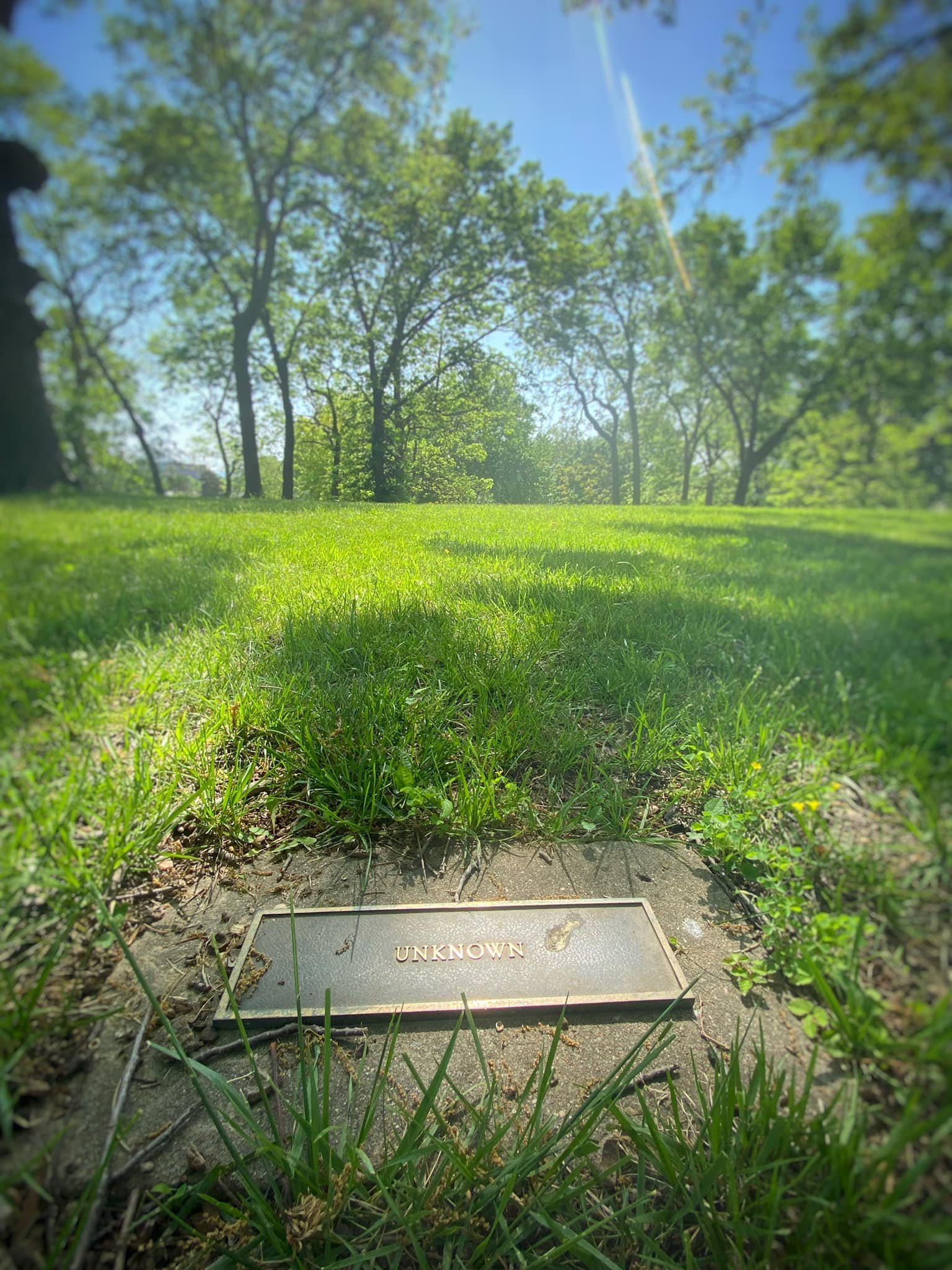
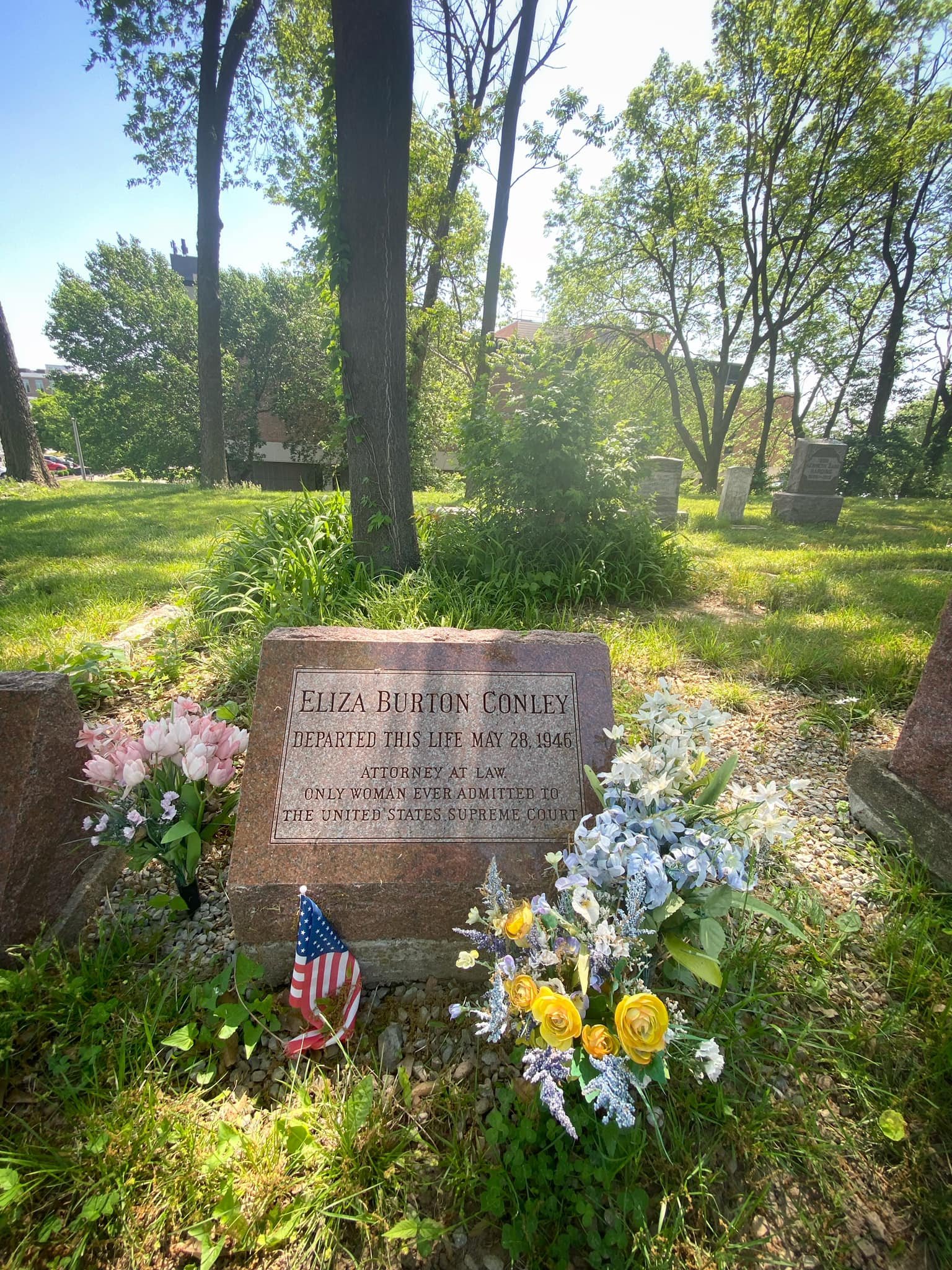
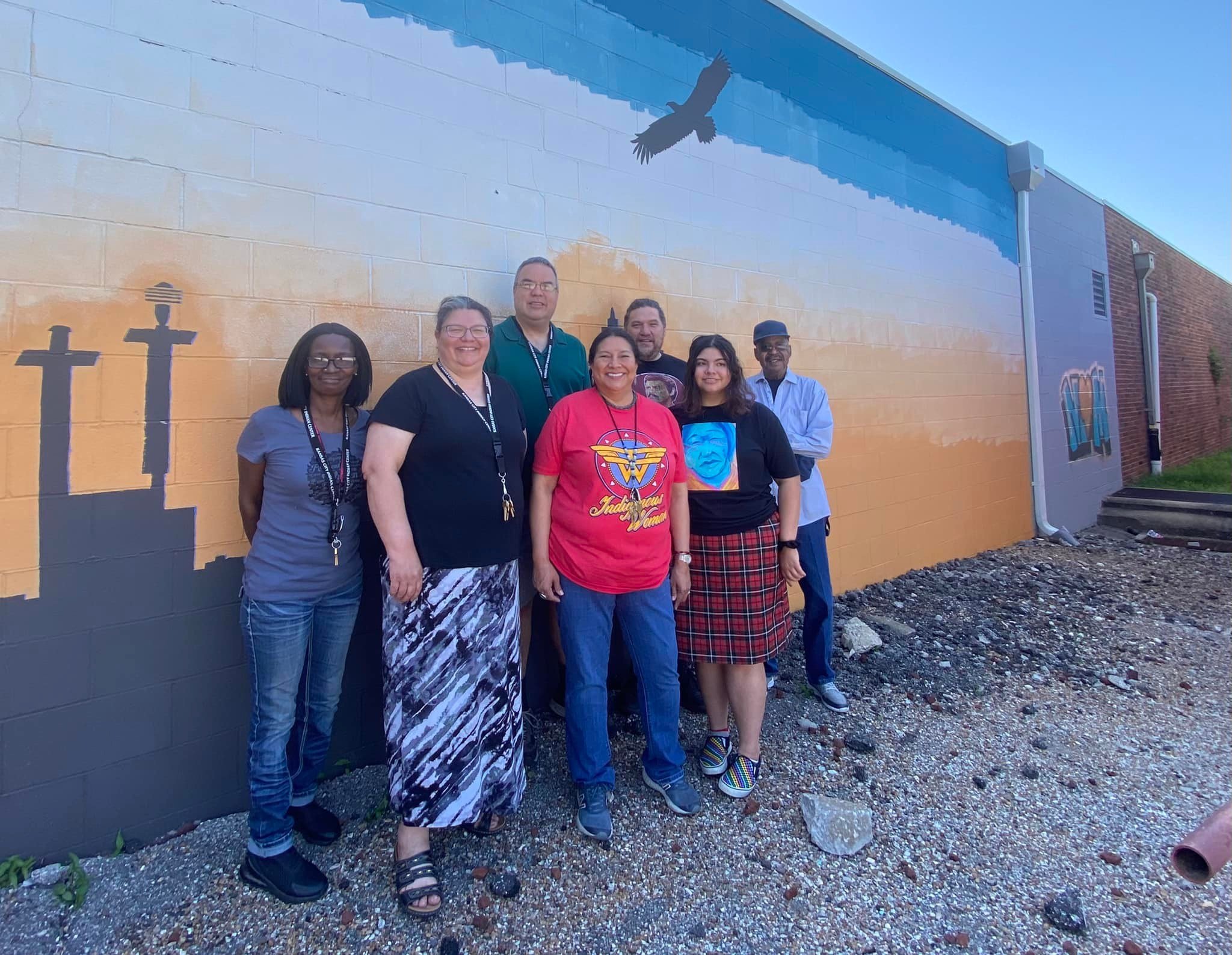
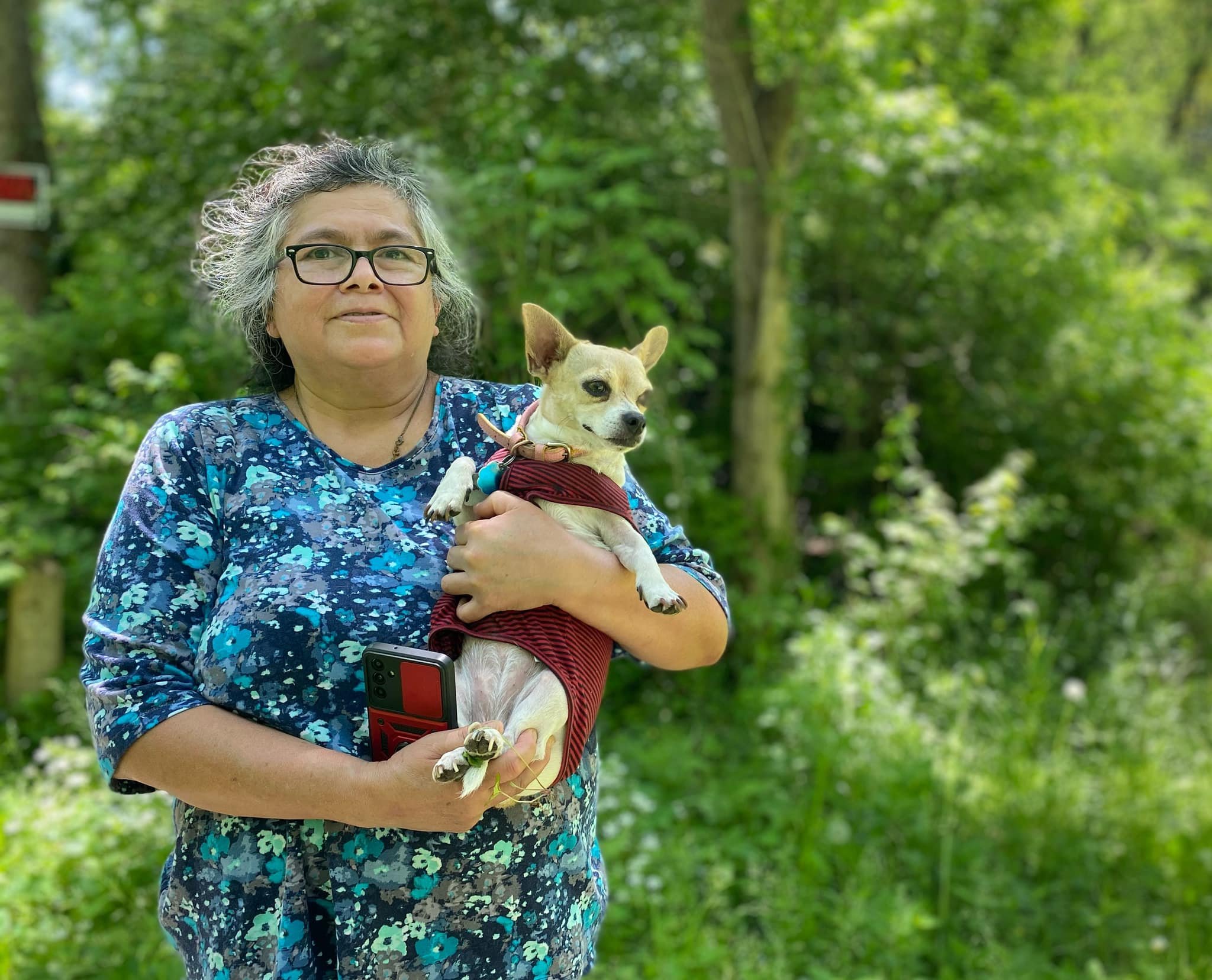
History underfoot: This cemetery in downtown Kansas City, (Kansas), holds the graves of hundreds of Wyandotte people, some of whom died during a period of removal and dispersal by US government policy in the latter half of the 19th century.
This sacred ground would not still be here in its present form were it not for a trio of feisty sisters who set up camp and defended it, at first with fences and arms and later by legal means (one of the sisters, Eliza Conley, studied law and in 1909 became the first Native American woman admitted to argue a case before the U.S. Supreme Court).
Although the court did not rule in her favor, the cemetery now known as the Wyandot National Burying Ground, was eventually protected and is now on the National Register of Historic Sites. The sisters are buried here. One of the markers reads: “Cursed be the villain that molest their graves.”
There are so many stories hidden in plain sight—stories that surprise or horrify or inspire—stories that must be remembered to honor those who lived them. Thank you to two women who are clearly imbued with the same fire and female badassery as the Conley sisters, Gaylene Crouser (Sioux) and Carole Cadue-Blackwood (Kickapoo). Through their work at the Heart of America Indian Center, they support and create community for the region’s indigenous people, who come from many nations and bands. Thank you for sharing your stories and opening your hearts.



Some facts have been forgotten or overlooked by history told through the lens of the dominant culture. Other facts are painful and uncomfortable. But bringing hidden corners of history to light is vital for societies to heal and move forward. The Black Archives of Mid-America is a repository of books and other documents preserving these histories of life in the central US, but especially Kansas City. Its main exhibition hall highlights the stories of individuals who helped build the city. It also has a memorial to every person who was lynched in the state of Missouri. That there are forces that deny and wish to erase this history or deface markers and memorials means that the work is unfinished.
Thank you to Carma Williams, PhD, who leads this remarkable institution worthy of a visit and your support.



The prairie once covered half of Missouri and today there’s less than half of one percent of it left. There are many reasons why that is a problem, but one of them is the loss of biodiversity which is vital to a healthy ecosystem.
I went out to find me some prairie with some inspiring people from the nonprofit Bridging The Gap Kansas City WildLands. There’s a remnant at the Jerry Smith Park at the edge of Kansas City. It’s a bit like time travel, seeing grasslands that would have been found in the mid 1800s. The landscape is grand but it’s the details that matter. The myriad species, many tiny, that a small patch of earth can host is surprising. In a recent survey, 89 species of bees and more than 300 plant species were counted on this remnant. This remnant is nowhere near the size needed to support big animals such as bison that once roamed this land. I also saw firsthand the destruction that invasive species such as honeysuckle can wreak. WildLands musters up hundreds of local volunteers a year to help with the effort and it’s still not enough.
Thanks to people like Linda Isaac Lehrbaum and Larry Rizzo (not pictured) who have labored for years to raise awareness and to the next generation of protectors of the prairie, such as Jillian Youngbird and Jacob Canyon.

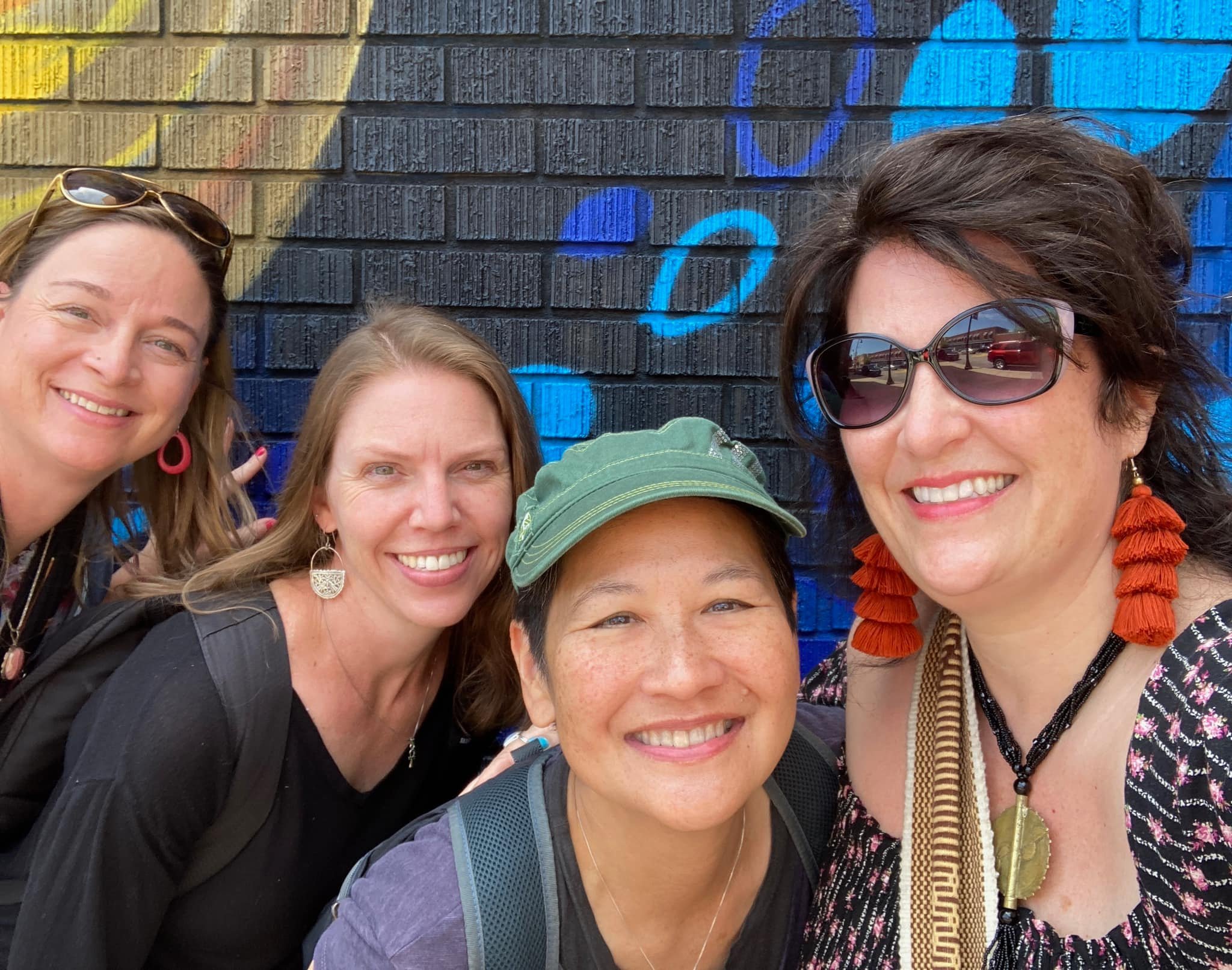
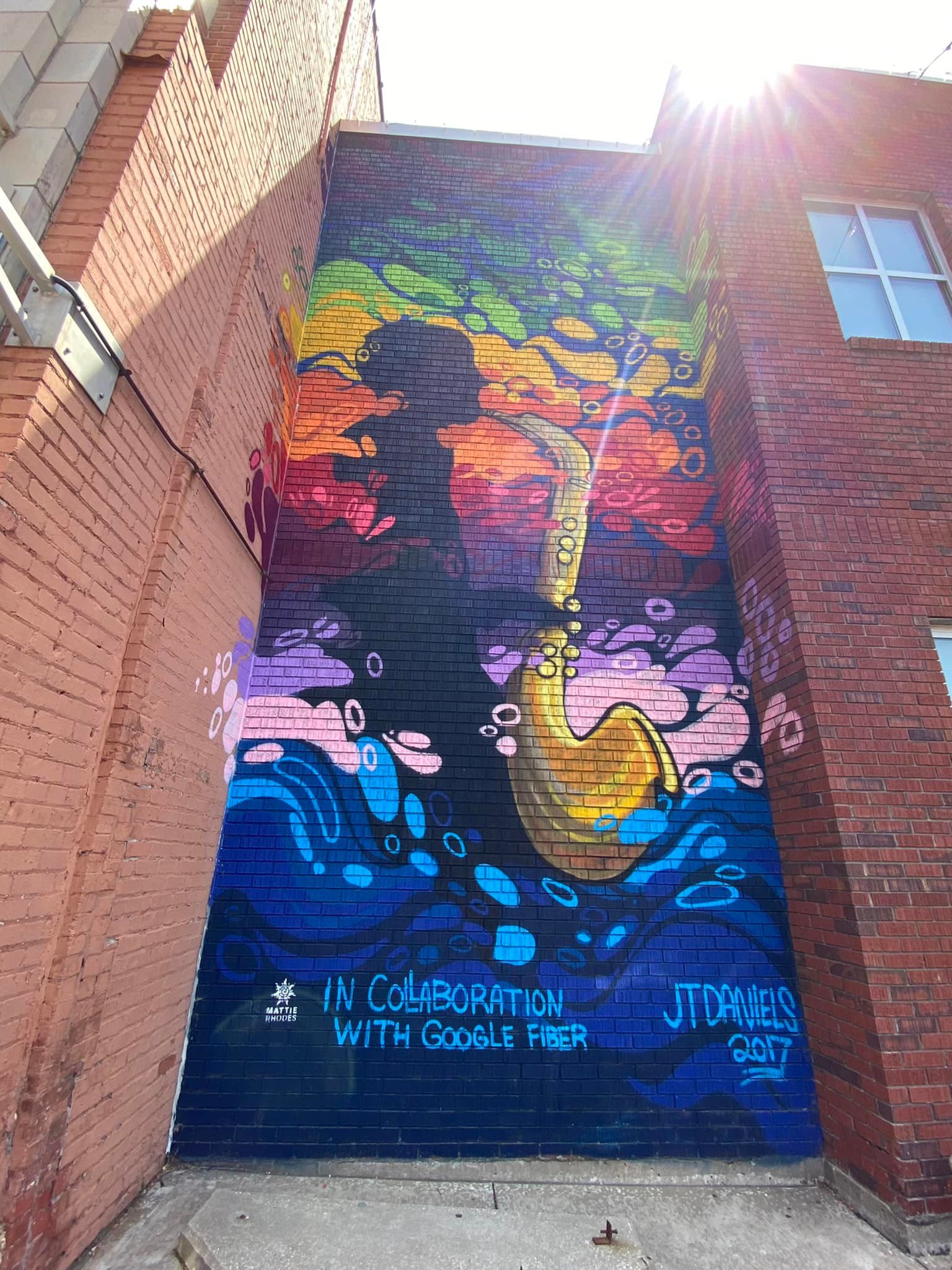
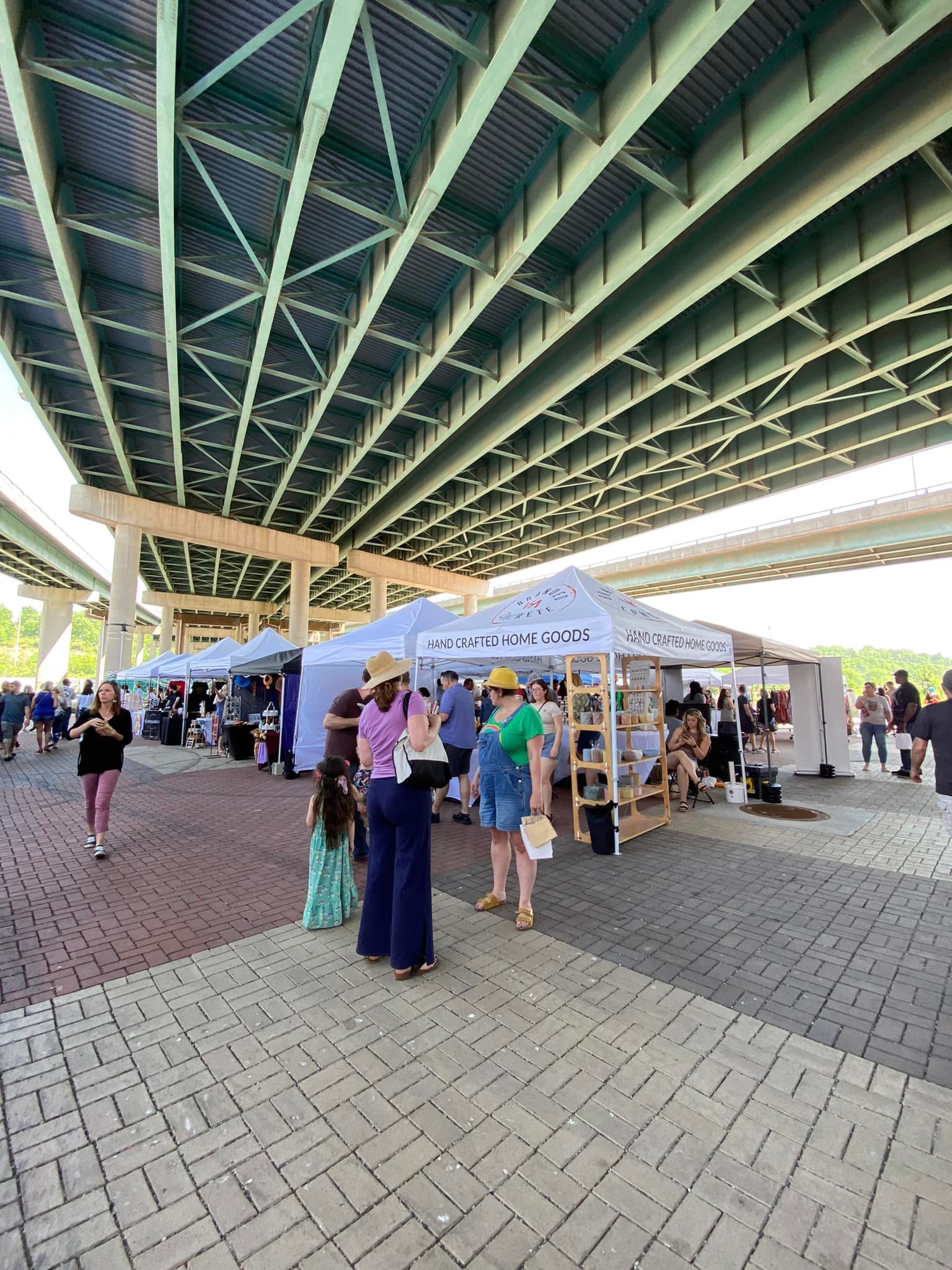
Saturday, what a day: Gave the opening keynote address at the Wanderful Women in Travel in Kansas City. It was wonderful to feel such resonance to the message of the responsibilities of communicators in the travel industry. “We not only need to travel responsibly but to communicate responsibly.” That the new generations of travel communicators are sensitive to the plight of the planet and primed to do something about it is encouraging.
And to spend the afternoon reconnecting outdoors and explore KC neighborhoods such as 18th and Vine and West Bottoms with dear friends who each in her own way is leading change in the industry was a delight.



Thanks Wanderful, thanks Kansas City. Congratulations to the winners of the Bessie Awards (including dear mentor and friend Anna Pollock) and to Beth Santos and team for dreaming it all up. How wonderful to reconnect with old friends and make some new ones.
Photos © Norie Quintos.
